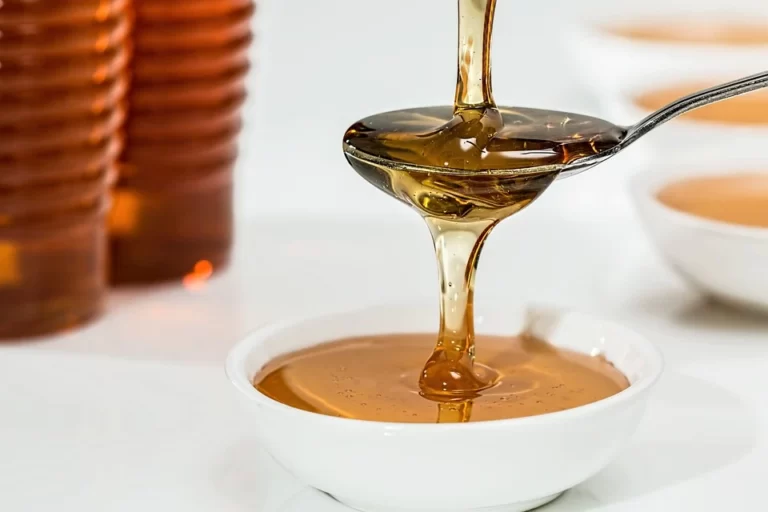Health Benefits And Side Effects Of Shawarma
What are the Health benefits and side effects of shawarma? In this article, we will delve deeper into the health benefits and potential side effects of shawarma, as well as offer tips for making healthier choices when eating this popular street food.
Shawarma is a popular Middle Eastern street food that has gained widespread popularity around the world. It consists of shaved meat, such as lamb, chicken, or beef, that is cooked on a spit and then wrapped in pita bread or served over rice. Shawarma is often topped with vegetables and condiments, such as lettuce, tomato, onion, and tahini sauce.
While shawarma can be a delicious and convenient meal option, it is important to consider both the potential health benefits and drawbacks when deciding how often to eat it. On one hand, shawarma can be a good source of protein and can include vegetables as part of the dish.
Additionally, shawarma is often served in a way that allows for portion control. However, shawarma can also be high in sodium, fat, and calories, depending on the ingredients and toppings used.
In this article, we will be discussing the health benefits and side effects of shawarma. It is important to balance the potential health benefits and side effects of shawarma and to consider moderation when deciding how often to eat it.
Health Benefits And Side Effects Of Shawarma

Shawarma is a popular Middle Eastern street food that consists of shaved meat, such as lamb, chicken, or beef, wrapped in pita bread or served over rice. It is often topped with vegetables and condiments, such as Tomatoes, onion, and tahini sauce.
Shawarma can be a delicious and convenient meal, but like any food, it is important to consider both the potential health benefits and drawbacks when deciding how often to eat it.
Shawarma is a delicious meal to consume. There are health benefits and side effects of shawarma. In this article, the health benefits and side effects of shawarma will be extensively discussed. Listed below are the health benefits and side effects of shawarma:
Health Benefits of shawarma
Protein
Shawarma is a good source of protein, which is an essential nutrient that helps build and repair tissues, and plays a role in many other body functions. Protein is necessary for the structure, function, and regulation of the body’s cells, tissues, and organs.
It is also needed for the production of enzymes, hormones, and other chemicals. Consuming adequate amounts of protein can help to maintain muscle mass, boost the immune system, and support overall health and wellness.
Vegetables
Many shawarma dishes include vegetables, such as lettuce, tomato, and onion, which can add fiber, vitamins, and minerals to the meal.
Vegetables are an important part of a healthy diet and can help to reduce the risk of chronic diseases, such as heart disease, diabetes, and some types of cancer. They are also low in calories and high in nutrients, making them a great choice for weight management.
Portion Control
Shawarma is often served in a pita or on a plate, which can make it easier to control portion sizes and avoid overeating. Being aware of portion sizes and eating appropriate amounts of food can help to maintain a healthy weight and prevent weight gain.
It is important to note that the potential health benefits of shawarma will depend on the ingredients and toppings used. Choosing lean meats and adding extra vegetables can increase the nutritional value of the dish. It is also important to be mindful of portion sizes and to balance shawarma with other healthy foods in the diet.
Side Effects of shawarma
There are a few potential drawbacks or side effects to consider when it comes to shawarma. There are Health benefits and side effects of shawarma. This is because there are health benefits and side effects of shawarma. They include:
Sodium
Shawarma can be high in sodium, which can contribute to high blood pressure and other health problems if consumed in excess.
The World Health Organization recommends that adults consume less than 2,000 mg of sodium per day to maintain good health. Shawarma can contain high amounts of sodium due to the seasoning and condiments used, such as soy sauce or tahini sauce.
Fat
Shawarma can also be high in fat, especially if it is made with higher-fat meats or served with high-fat toppings, such as mayonnaise or cheese.
Consuming too much fat can lead to weight gain and increase the risk of heart disease and other health problems. It is important to choose lean meats and low-fat toppings when possible.
Calories
Shawarma can be a calorie-dense food, depending on the ingredients used and how it is served. Eating too many calories can lead to weight gain and other health problems. It is important to be aware of the calorie content of shawarma and to balance it with physical activity and other healthy foods in the diet.
It is important to consider these potential drawbacks when deciding how often to eat shawarma and to choose ingredients and toppings that are lower in sodium, fat, and calories when possible. As with any food, moderation is key.
tips to consider to balance the health benefits and side effects of shawarma

There are Health benefits and side effects of shawarma. So, these are a few additional tips for maximizing the health benefits of shawarma:
Choose lean meats
To reduce the fat content of shawarma, choose lean meats such as chicken or turkey. These meats are lower in fat and calories compared to higher-fat options like lamb or beef.
Add extra vegetables
Shawarma is often served with vegetables, but you can add even more to increase the fiber, vitamins, and minerals in the dish. Try adding bell peppers, cucumbers, or carrots for added nutrition.
Go easy on the condiments
Some condiments, such as mayonnaise or cheese, can add extra fat and calories to shawarma. Opt for low-fat or fat-free versions of these condiments, or use them sparingly to reduce the calorie content of the dish.
Make your shawarma at home
Making shawarma at home allows you to control the ingredients and toppings used, which can help to make the dish healthier. Use whole-grain pita bread and add plenty of vegetables to boost the nutritional value of the meal.
Balance shawarma with other healthy foods
Shawarma can be a part of a healthy diet, but it is important to balance it with other nutrient-dense foods, such as fruits, vegetables, whole grains, and lean proteins.
This can help to ensure that you are getting a variety of nutrients and not relying on any one food as a main source of nutrition.
Read Also: Negative Effects Of Junk Food Nigerians often Neglect
Conclusion
Shawarma can be a tasty and convenient option for a meal, but it is important to consider the potential health benefits and drawbacks when deciding how often to eat it.
Shawarma can be a good source of protein and can include vegetables as part of the dish, and it is often served in a way that allows for portion control.
However, shawarma can also be high in sodium, fat, and calories, depending on the ingredients and toppings used.
To maximize the health benefits of shawarma, it is important to choose lean meats and add extra vegetables. Go easy on the condiments and consider making your shawarma at home to control the ingredients used. Note that there are Health benefits and side effects of shawarma.
It is also important to be mindful of portion sizes and to balance shawarma with other healthy foods in the diet. By considering these factors, shawarma can be a delicious and satisfying part of a healthy, balanced diet.






